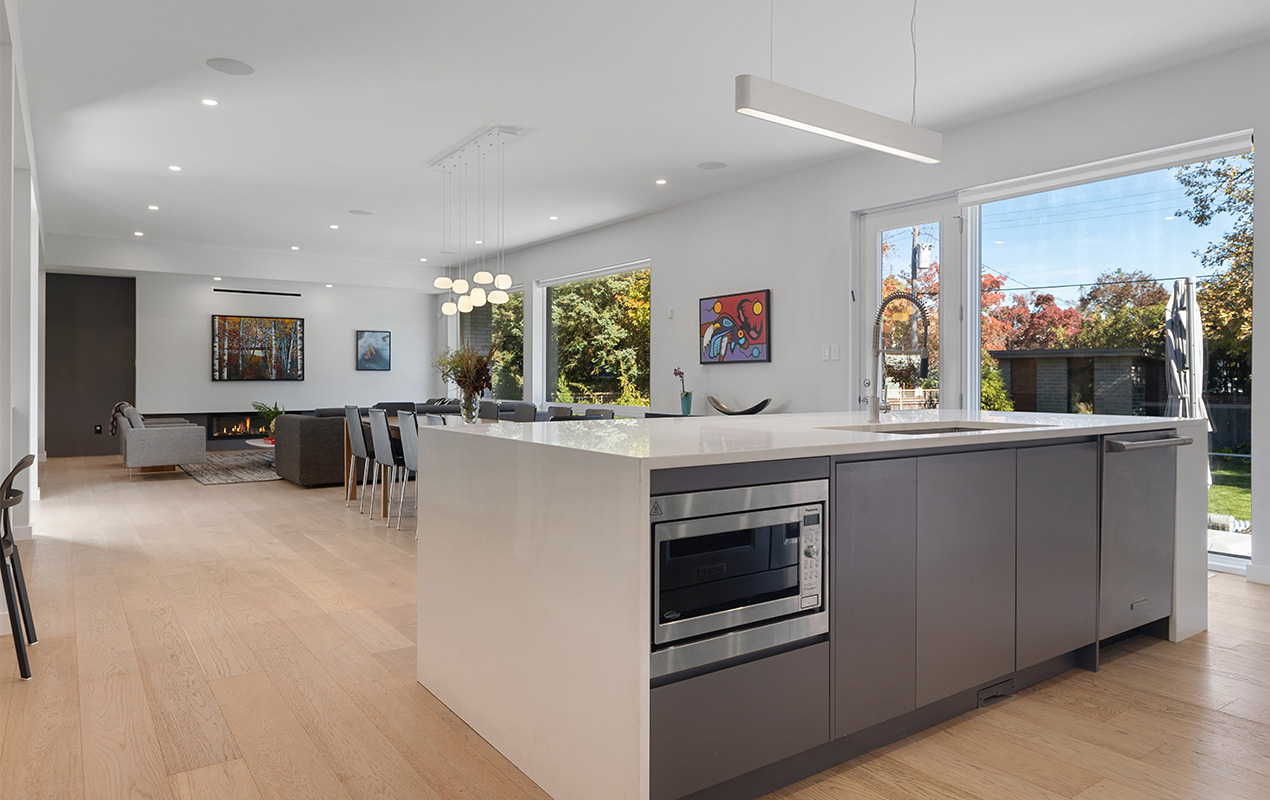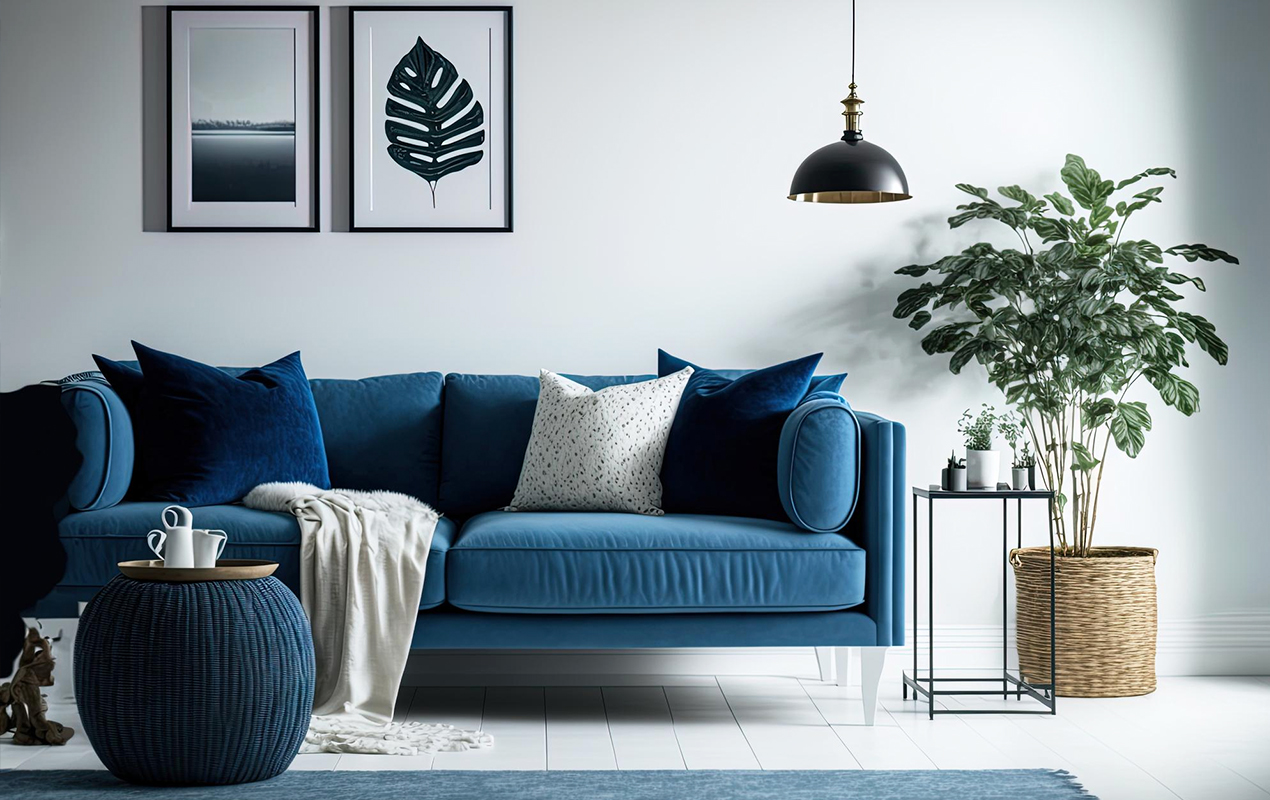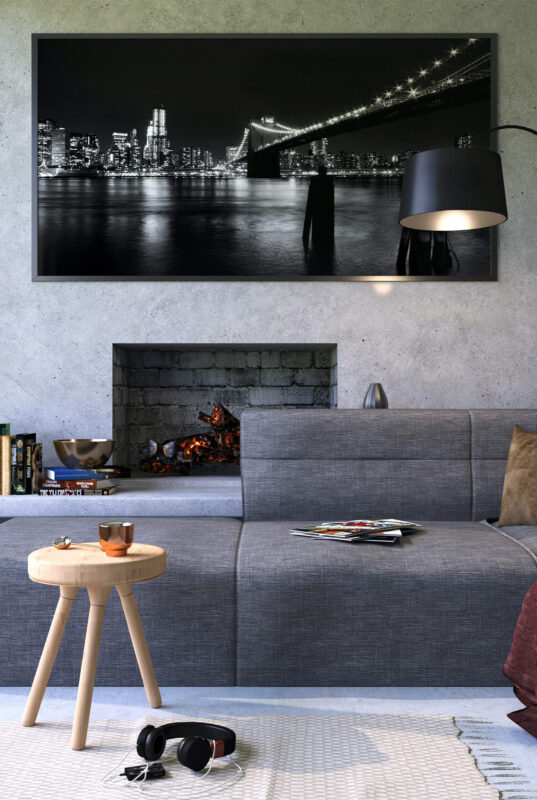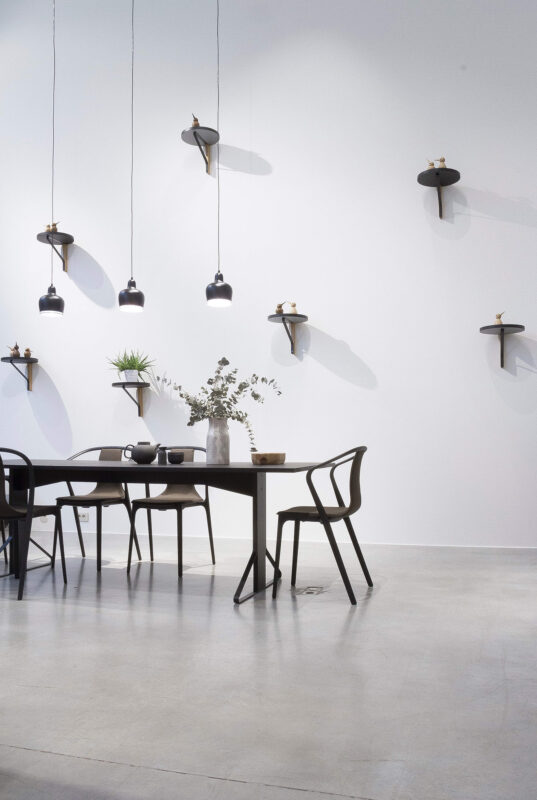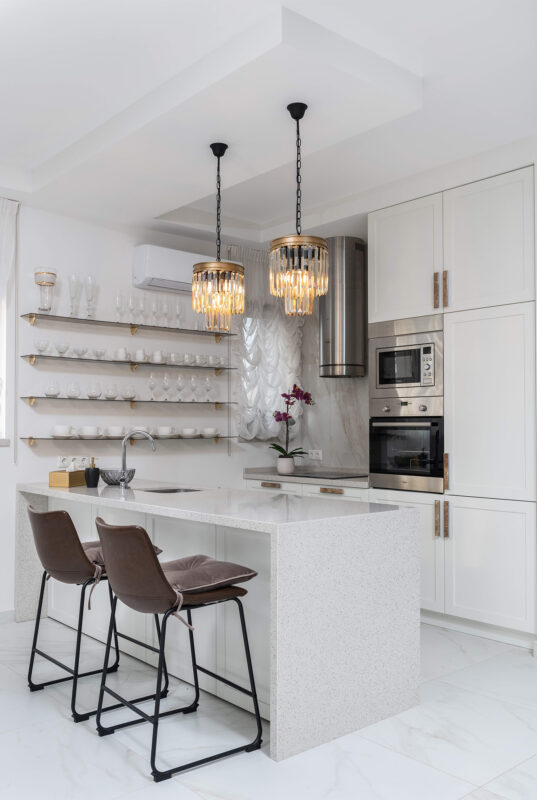Blog
Bridging the Gap: From Interior Design Concepts to Home Remodeling
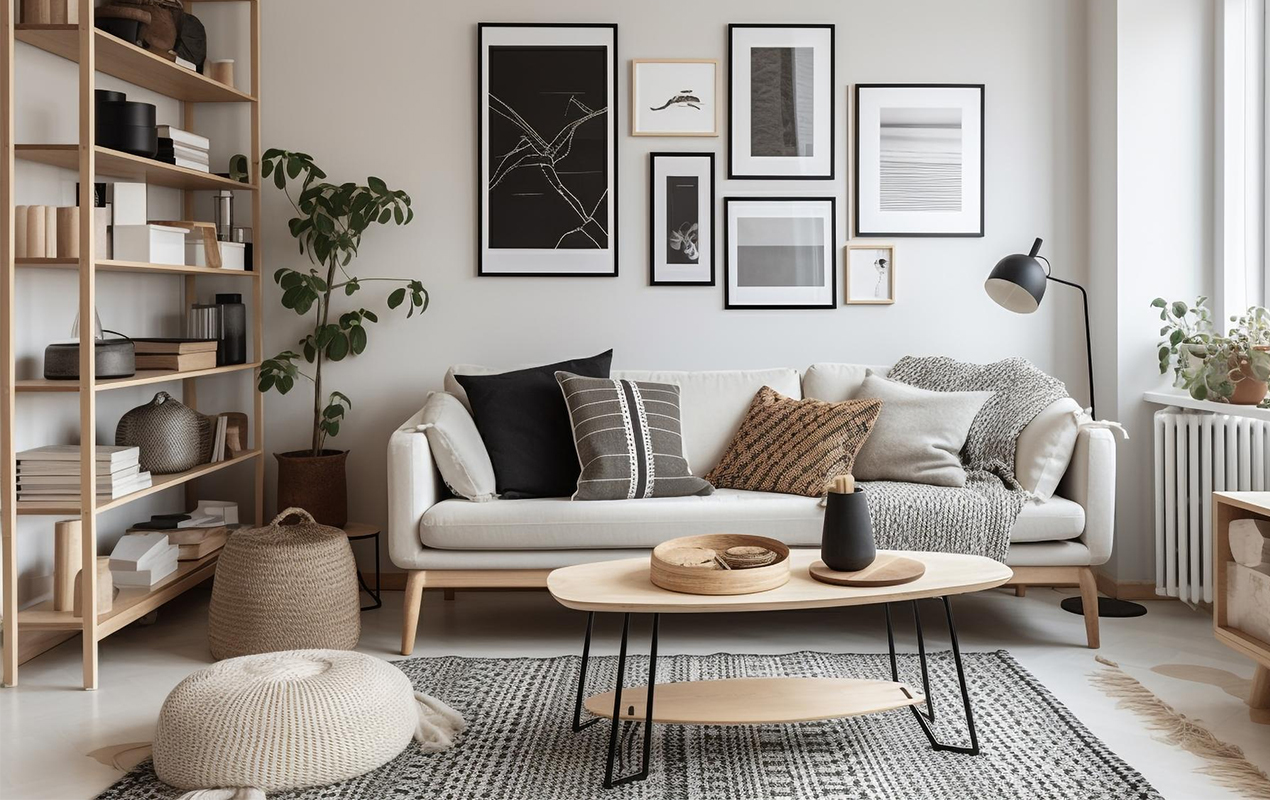
Transforming a house into a home is an art, a delicate process that blends dreams with the tangible touch of design. Each stroke of color, choice of material, and layout decision tells a story, crafting spaces that reflect our deepest aspirations and styles. It’s in this intricate dance between imagination and reality where the true magic of home remodeling unfolds, turning the ordinary into the extraordinary.
Yet, bridging the gap between lofty interior design concepts and the practicalities of remodeling is no small feat. It requires vision, creativity, and a deep understanding of how spaces can evolve to meet our changing needs and desires.
Understanding Interior Design Concepts
At its heart, interior design is about making a space look and feel just right for the person living there. Consider it setting up your space to tell your story and fit your daily life. Whether choosing a calm and cozy style or something bright and lively, the key is to pick a design that makes you feel at home.
There are many styles to choose from, like modern, which is all about clean lines and simplicity, or traditional, which leans towards classic details and comfort. Your choice should match how you live, work, and relax. It’s also about colors, textures, and your space use. For example, light colors can make a room feel bigger, while different textures can add depth and interest.
The first step is to pick a design concept that reflects your taste and lifestyle. It’s like choosing the right outfit for an important event—it should fit well and show off your personal style. This decision sets the stage for all the choices, from furniture to wall colors to the layout of each room. After this, you can create a detailed plan.
Finding the right people to help is also crucial. You might need an architect to draw up plans, an interior designer to help with the look and feel, and contractors to do the building work. They can help bring your vision to life, making sure everything from the big picture to the small details fits together perfectly. If you’re unsure where to start, you should get professional design help to ensure your home remodeling project succeeds.
Applying Design Principles in Remodeling
First, share your ideas and plans with your remodeling team. A clear vision will help everyone understand what you’re aiming for. It’s like sharing a recipe with a chef; they need to know what the final dish should taste like before cooking.
As your project progresses, some ideas need adjustment. This is normal. Sometimes, what looks good on paper doesn’t work as well in real life because of space, budget, or other limitations. Be open to changing your plans a bit. It’s like solving a puzzle; sometimes, you must try a few different pieces before everything fits right.
Choosing materials and colors is a big part of this phase. Whether it’s the paint for the walls, the tiles for the bathroom, or the wood for the cabinets, these choices greatly impact how your home will look and feel. Aim for a balance between beauty and practicality. For example, a beautiful but delicate floor might not be the best choice if you have pets or kids.
Don’t forget the details. Things like doorknobs, light fixtures, and drawer pulls might seem small, but they can make a big difference in the finished look of your project. It’s like adding jewelry to an outfit; the right pieces can make it shine.
Throughout this process, keep communicating with your team. Regular check-ins will help ensure that everything is progressing as planned and that any issues are quickly resolved. This is your project, and your input is crucial to ensuring the final result is something you’ll love.
Overcoming Common Challenges in Home Remodeling
Remodeling your home is a rewarding process, but it often comes with its own set of challenges. From staying within budget to dealing with unexpected issues, here’s how to navigate these hurdles.
Sticking to Your Budget
One of the biggest challenges is keeping expenses under control. Costs can escalate quickly, especially if you encounter unforeseen problems. To avoid overspending, prioritize your must-haves and be willing to compromise on less important aspects. Remember, it’s about finding the right balance between what you want and can realistically afford.
Handling Unexpected Issues
Almost every remodeling project encounters unexpected problems, whether outdated wiring, hidden water damage, or structural issues. These surprises can be frustrating and costly. The best approach is to plan for the unexpected by setting aside a portion of your budget as a contingency fund. This way, you’re prepared for those unforeseen expenses without blowing your budget.
Making Compromises
Sometimes, what you envision isn’t possible due to space, budget, or structural limitations. It’s important to stay flexible and open to alternatives. Work closely with your design and construction team to find creative solutions that align with your vision while respecting the realities of your project.
Maintaining Design Cohesion
Keeping a consistent design theme across different rooms can be challenging, especially if you’re remodeling in stages. To maintain cohesion, have a clear overall design plan from the start and ensure each new remodel phase aligns with this plan. This doesn’t mean every room has to look the same, but a unifying thread should tie the spaces together.
The Role of Technology in Modern Home Remodeling
Technology has revolutionized how we approach home remodeling, offering tools and resources that make the entire process smoother and more efficient.
Design and Planning
Digital tools and software have transformed the initial design phase. Apps and platforms allow you to create detailed floor plans, experiment with wall colors, and even place virtual furniture in your rooms. This helps visualize the result and aids in making informed decisions about space utilization and design elements.
Visualization
One of the most exciting advancements is in visualization technology. Virtual Reality (VR) and Augmented Reality (AR) apps let you walk through your remodeled space before any physical work begins. You can see how different paint colors, furniture arrangements, and lighting options will look in your actual space, making it easier to confidently commit to big decisions.
Project Management
Online platforms now offer comprehensive project management tools specifically designed for remodeling projects. These tools help you track progress, manage budgets, communicate with contractors, and adhere to timelines. They can be instrumental in coordinating various aspects of the project, ensuring everyone is on the same page.
Communication
Technology also improves communication between homeowners and professionals. With the ability to share updates, photos, and documents electronically, you can stay informed and involved in your project, no matter where you are. This can significantly reduce misunderstandings and ensure that your vision is accurately brought to life.
Wrapping Up
Bridging interior design concepts with the realities of home remodeling embodies a collaborative journey from vision to manifestation. It requires not only creativity and personal expression but also a strategic approach to space utilization, material selection, and adaptation to challenges. By integrating technology, professional expertise, and open communication, homeowners can navigate the complexities of remodeling, ensuring that the final outcome resonates with their aspirations and lifestyle.

